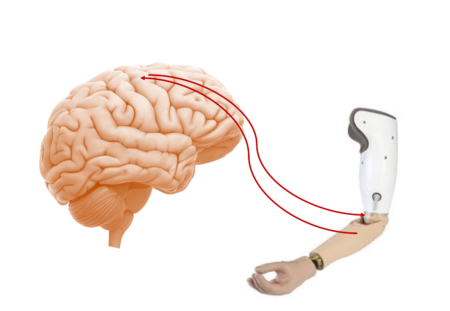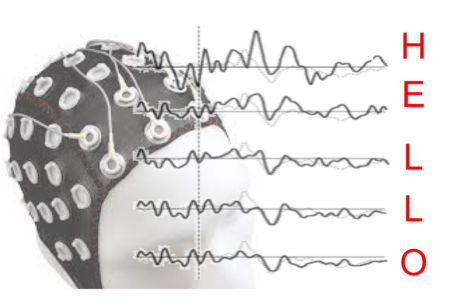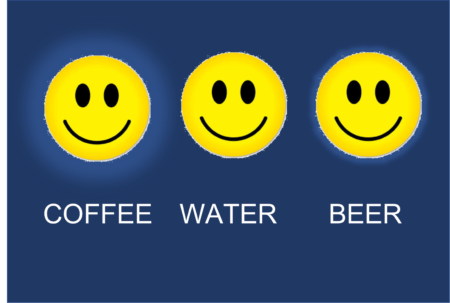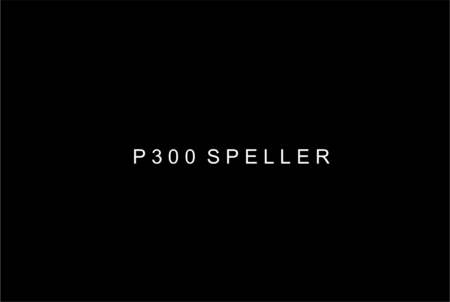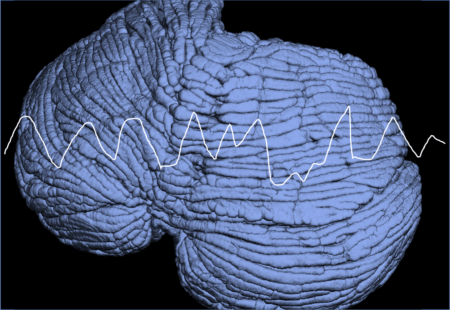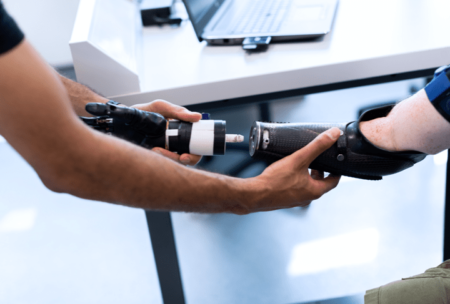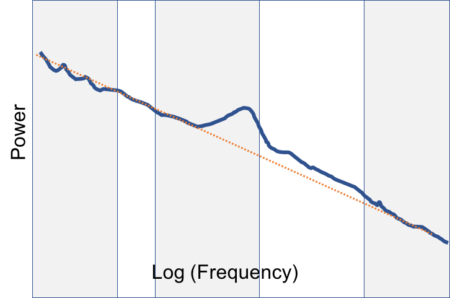Performing a motor task requires a feedback loop that informs the brain of success of each motor action. For sensory impaired this means brain computer…
Lab Talk
Progress in BCI in SSVEP-based Spellers
SSVEP-based spellers, a common BCI application, have improved in information transfer rates over the years. In the previous post we discussed the fundamentals of SSVEP-based…
BCI Using Steady State Visual Evoked Potentials
Steady State Visual Evoked Potentials uses different frequencies of visual stimulii to distinguish between objects in BCI applications and have relatively high information transfer rates….
EEG in Neurological Disorders
EEG has fallen short in its utility in the diagnosis and monitoring of various neurological disorders from ALS and MS to even Epilepsy. Why is…
Implementations of the P300 BCI Speller
The P300 speller is a common Brain Computer Interface (BCI) application. It has many variations designed to improve its accuracy and speed. This article outlines…
Can you measure EEG in the Cerebellum?
The cerebellum has four times as many cells as the neocortex and possible roles in everything from movement to cognition and emotion but is much…
Brain Computer Interface(BCI) with the P300
The P300 Event Related Potential or ERP is an EEG feature commonly used in BCI applications. It has some advantages but also some significant practical…
A Primer on Brain Machine Interface
What is involved in a Brain Machine Interface (BMI; also called Brain Computer Interface or BCI) set-up? Here is a primer on paradigms for BMI…
fNIRS: Advances and Challenges
This is a primer on fNIRS, what it does, the technical advances, challenges and potential applications. With all the recent publicity around Kernel’s new fNIRS…
The Slope of the Power Spectrum: An important metric in EEG
The slope that represents the decay of the EEG power spectrum carries important information about the signal that can eliminate many of the inconsistencies of…

